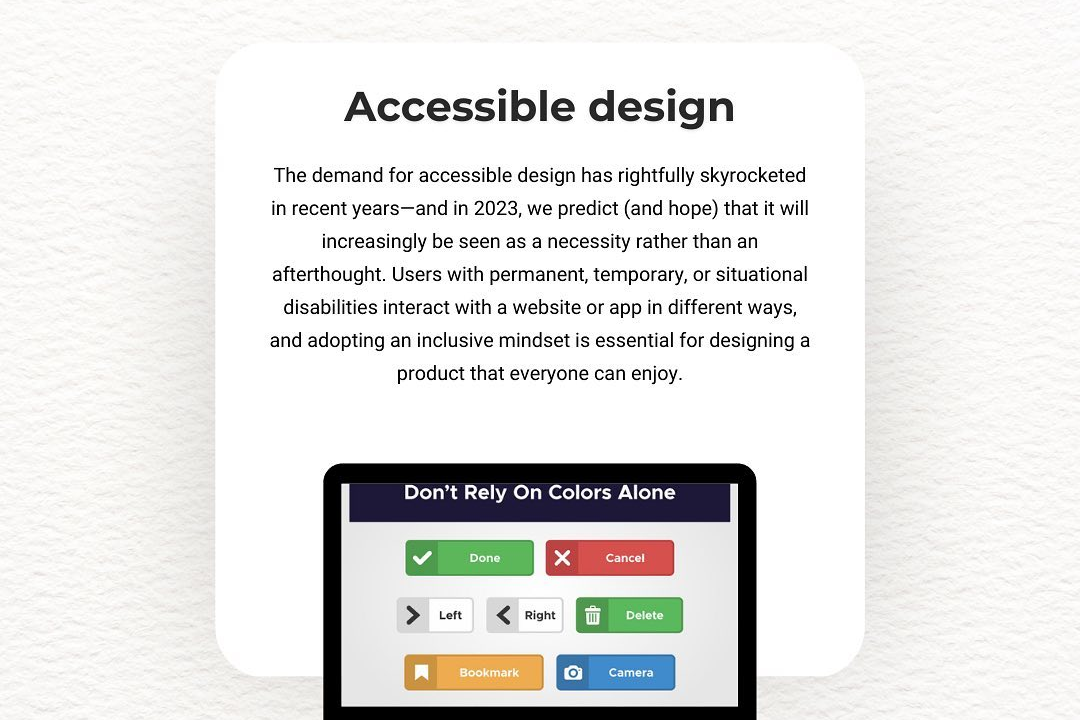Socket Programming
Exploring Socket Programming: A Comprehensive Guide
Socket Programming
Socket programming is a fundamental technology used for enabling communication between two or more devices over a network. It involves the use of sockets, which are endpoints for sending and receiving data across a network. Sockets can operate in different modes, including stream-oriented (TCP) and datagram-oriented (UDP), allowing for both connection-oriented and connectionless communication, respectively. In a typical socket program, a server creates a socket to listen for incoming connections, while clients create sockets to connect to the server using its address and port number. Once a connection is established, data can be exchanged as streams of bytes. Socket programming is widely used in various applications, including web servers, chat applications, and real-time data transfer systems, making it a cornerstone of network programming.
To Download Our Brochure: https://www.justacademy.co/download-brochure-for-free
Message us for more information: +91 9987184296
1 - Definition of Socket Programming: It is a way to enable communication between two or more computers over a network. Sockets serve as endpoints for sending and receiving data across a network.
2) Types of Sockets: There are primarily two types of sockets Stream Sockets (TCP) for reliable communication and Datagram Sockets (UDP) for faster, connectionless communication.
3) Socket API: Socket programming relies on the socket API, which provides a set of functions for creating and managing sockets, sending and receiving data, and more.
4) Creating a Socket: The first step in socket programming is creating a socket using the `socket()` function, which requires specifying the address family (IPv4/IPv6), socket type (stream/datagram), and protocol.
5) Binding a Socket: The `bind()` function associates a socket with an IP address and port number. This is especially important for server sockets that need to listen for incoming connections.
6) Listening for Connections: On a server, the `listen()` function is used to indicate that the socket is ready to accept incoming connections from clients.
7) Accepting Connections: The server uses the `accept()` function to accept a connection from a client, returning a new socket dedicated to that specific connection.
8) Connecting a Socket: On the client side, the `connect()` function is used to establish a connection to a server socket using its address and port.
9) Sending and Receiving Data: Data transmission is done via `send()` and `recv()` functions for stream sockets, or `sendto()` and `recvfrom()` for datagram sockets. This is how the actual communication happens.
10) Socket Options: Sockets can be configured with various options using the `setsockopt()` function, allowing developers to control behaviors like timeouts, buffer sizes, and reuse of addresses.
11) Error Handling: Robust error handling is essential in socket programming. Students should learn to check return values of socket functions and understand common error codes.
12) Concurrency: Handling multiple clients can be achieved through threading or forking. Techniques such as using `select()`, `poll()`, or `epoll()` allow servers to manage multiple connections efficiently.
13) Closing Sockets: Properly closing sockets with the `close()` function to free up resources and avoid leaks is crucial.
14) Network Protocols: Understanding common network protocols (like TCP/IP, HTTP, FTP) is beneficial as they are built upon socket programming fundamentals and dictate how data is transmitted over the network.
15) Security Considerations: Emphasizing secure socket programming practices, including the use of SSL/TLS for encryption, helps protect data during transmission from eavesdropping and tampering.
16) Real World Applications: Explore real world applications of socket programming, such as web servers, chat applications, and multiplayer games, to give students context on how these concepts are applied.
17) Cross Platform Considerations: Discussing how socket programming can vary between different operating systems (like Windows, Linux, macOS) helps students understand the portability challenges in networking.
18) Troubleshooting Network Issues: Training should include basic network troubleshooting using tools like ping, traceroute, and netstat to help students diagnose problems in connection setups.
These points provide a comprehensive guide to the fundamental concepts and practices in socket programming, making it a suitable curriculum for a training program aimed at students.
Browse our course links : https://www.justacademy.co/all-courses
To Join our FREE DEMO Session: Click Here
Contact Us for more info:
- Message us on Whatsapp: +91 9987184296
- Email id: info@justacademy.co
salesforce advanced administrator certification
java full stack developer course in hyderabad












